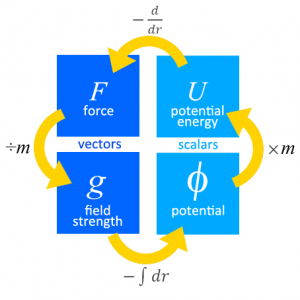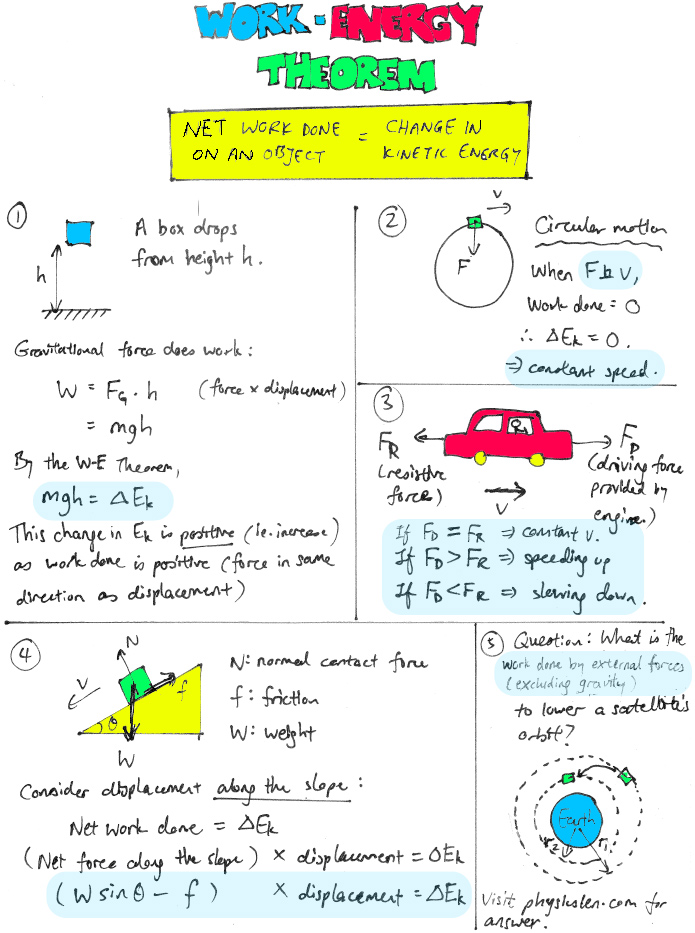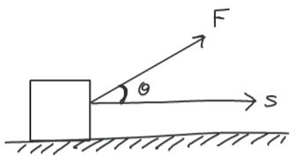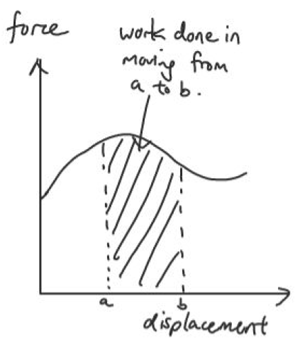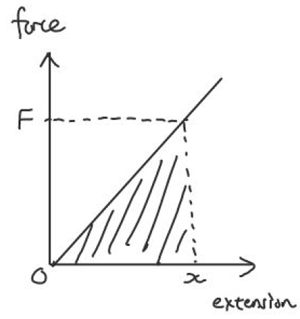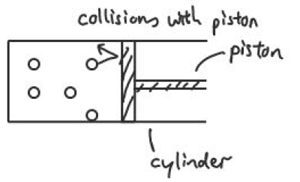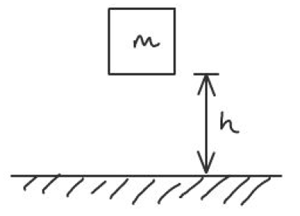[spoiler title=”Gravitational Field” open=”yes”]
- Newton’s Law of Gravitation states that the gravitational force between two point masses is directly proportional to the product of their masses and inversely proportional to the square of their separation,
i.e. - Gravitational field strength at a point is defined as the gravitational force acting per unit mass placed at that point,
i.e. - Gravitational potential energy at a point is defined as the work done by an external agent in bringing a body from infinity to that point (without any change in kinetic energy),
i.e. - Gravitational potential at a point is defined as the work done per unit mass by an external agent in bringing a body from infinity to that point (without any change in kinetic energy),
i.e.
[/spoiler]
[spoiler title=”Interplanetary Travel”]
- Escape speed is the minimum speed at which a body of mass m can be projected from the surface of a planet of mass M so that it reaches an infinite distance from the planet.
- By conservation of energy,
initial total energy = final total energy
[/spoiler]
[spoiler title=”Satellite Motion”]
- For an object with mass m in orbit,
Gravitational Force = Centripetal Force
- kinetic energy,
- total energy,
[/spoiler]
[spoiler title=”Geostationary Satellites”]
- A geostationary satellite (one that is always above the same point on the Earth) has to be in an equatorial orbit, i.e. the orbit is in the same plane as that of the equator, so that
- the centripetal force points towards the centre of the plane, and
- it moves in the same direction of rotation as the Earth, i.e. from west to east.
- It has a period of 24 h, i.e. same period as the Earth.
- It orbits with a fixed radius of 4.20
[/spoiler]
